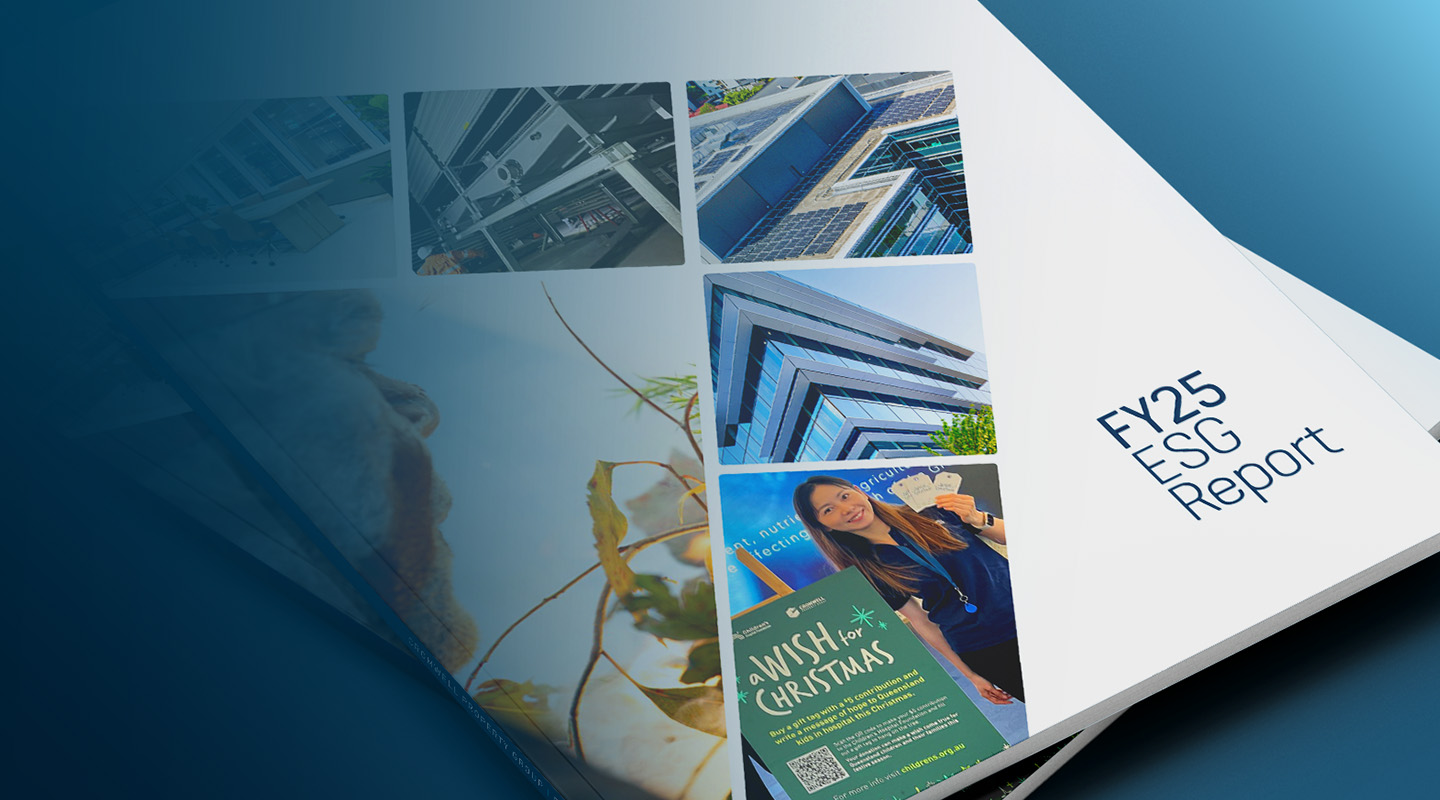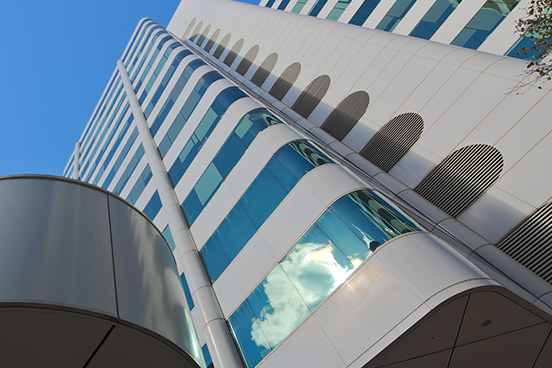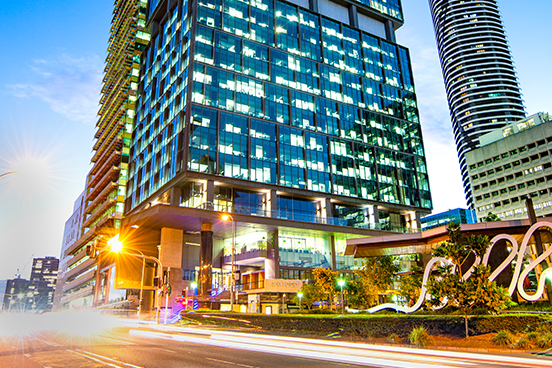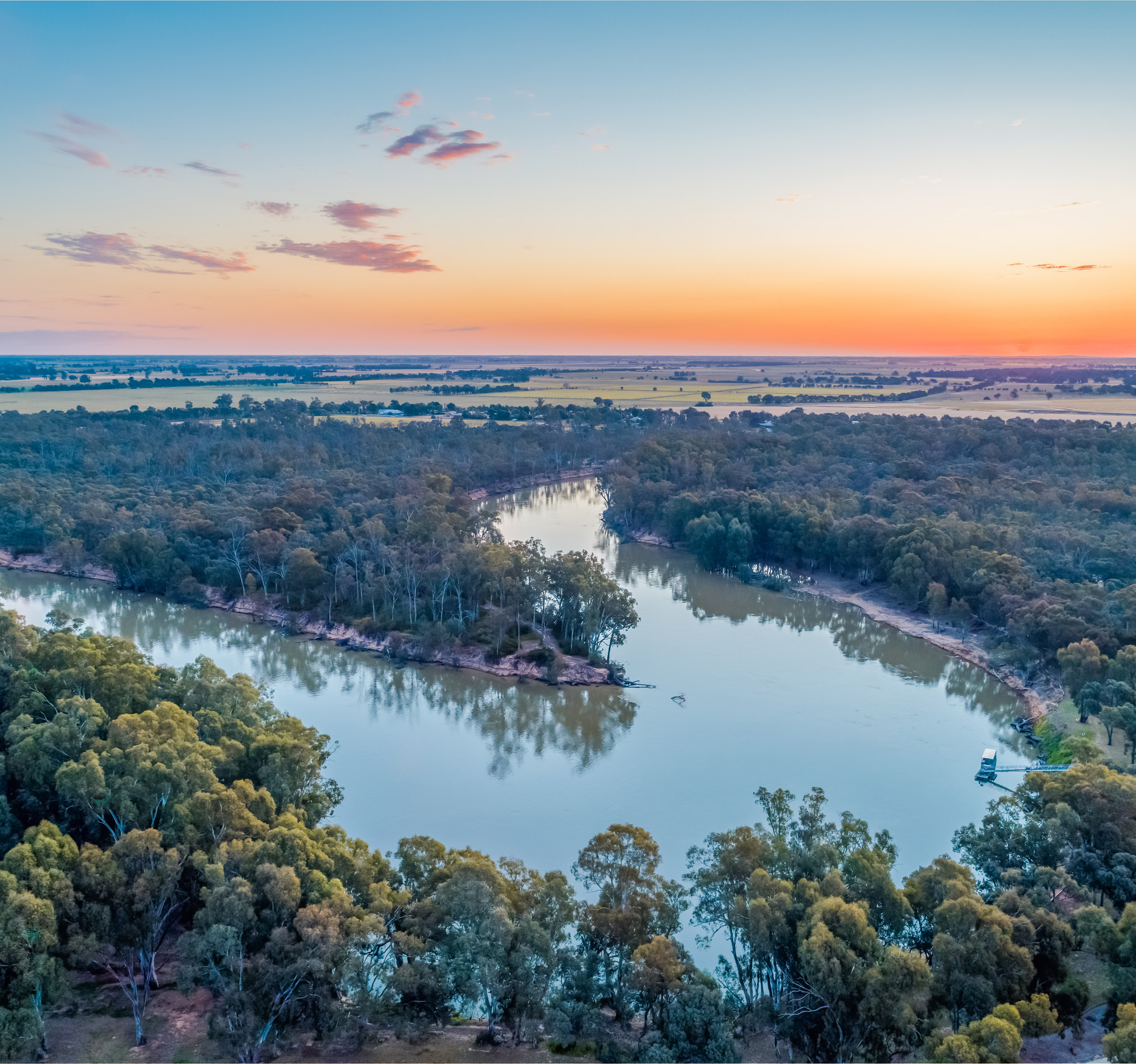Alert: Fraudulent Entities Impersonating Cromwell Property Group
Cromwell Property Group has become aware of unauthorised entities fraudulently impersonating one of Cromwell’s subsidiary entities Cromwell REIT Holdings Pty Ltd, including the misuse of the Cromwell REIT Holdings Pty Ltd company name, ACN, ABN, and domain likeness in online communications and websites.
These impersonators may attempt to mislead the public by falsely claiming affiliation with Cromwell Property Group, promoting fake investment opportunities, or using deceptive domain names and materials.
We urge all investors and members of the public to exercise caution and verify any communications or websites claiming to represent Cromwell Property Group or any of its subsidiary or related entities.
Cromwell is a listed entity (ASX:CMW) and abides by ASX Market Disclosure requirements. All announcements are listed in the Securityholder section of this website.
Cromwell’s total assets under management across Australia
and New Zealand is valued at A$4.2 billion.
As at 30 June 2025













